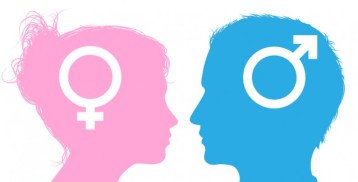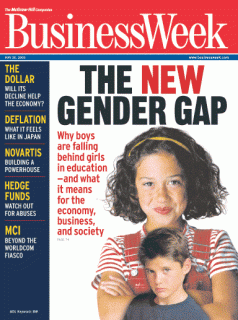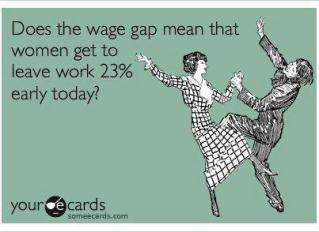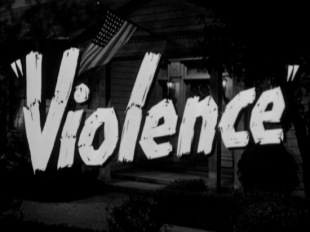Know what game still haunts me? Limbo by Playdead game studios. You are this young boy searching for his missing sister in a shadowy realm. As you playfully skip and jump through a mixture of decrepit corpses, buildings, and traps. Until you find a hope that raises you out of the underworld.

“Uncertain of his sister’s fate, a boy enters Limbo.” – Playdead
Presented in black-and-white with filmic grain effects and an ambient soundscape. Crackle and blur. Critics mentioned ideas from film noir, horror films and German Expressionism. At the time they were questioning if video games could be art with Flower, Journey, Bastion and my personal favourite Dear Esther. Narrative was becoming just as beautiful as the game engine. Much like the woodblocks by Antonio Manetti that accompanied Dante’s Divine Comedy.
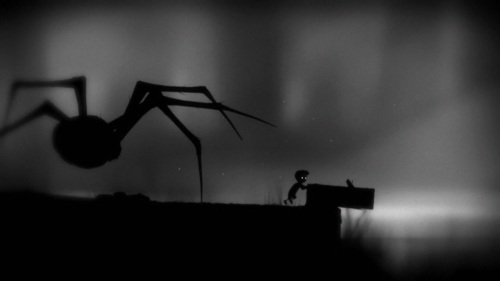
You wake up. Slowly moving supine into a world of danger. Massive spiders crawl from behind you and spear you in the chest. You drown in the shallowest of water. You fall from a height and rag doll to the ground. Puzzles that incorporate using another child’s body to cross a river. You may even rip a spider’s leg off and use it as a tool. Squelch. Sometimes brain slugs drop from above and burrow into your skull. Making you into an automaton, losing control of the character, and driving you into a pit of spikes.
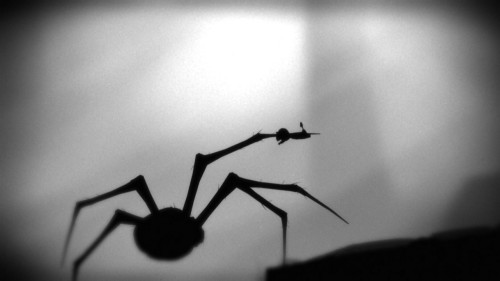
What is upsetting is how many times you will die. How many times you will fall onto spikes in different ways. Not like Meat Boy where it’s about getting to the next level; it’s almost like failing this child; there’s a guilt that comes with losing. The obvious interpretation is that of Limbo itself. The Catholic doctrine of the Limbo of Infants (limbus infantium orlimbus puerorum) where unbaptised infants, too young to have committed sin, are left to find their way out of hell. Historically, even the Church forgoes the Limbo of Infants for the hope that infants will find their way to heaven.
Great sorrow seized my heart on hearing him,
for I had seen some estimable men
among the souls suspended in that limbo.(Inferno. IV, 31-45)
You know this boy is here for his sister, but the soul of his sister is forgotten in the game. Maybe she went through this journey, and we were too late, and we must make this journey alone. We feel an emotional connection to this silhouetted world. Not like Plato’s Cave exploring truth by interpreting shadows on the wall. Although, this reference is not lost to the poet himself, when he meets Plato in this circle of hell.
One moment, especially being killed by the monstrous spider, will remind you of a quote by Friedrich Nietzsche’s The Gay Science. Especially for those of us that want a non-religious interpretation of the narrative. Nothing could be more perfect than reading this quote while playing Limbo:
“Everything has returned. Sirius, and the spider, and thy thoughts at this moment, and this last thought of thine that all things will return”. – Nietzsche
It’s this idea of the spider and returning again and again after death. It’s not ending the game, or moving to the next section because there are no sections in this game. It’s experiencing every death of the boy. It gets to you. You desire the return far more that watching death repeat itself.
Your whole life, like a sandglass, will always be reversed and will ever run out again, – a long minute of time will elapse until all those conditions out of which you were evolved return in the wheel of the cosmic process. And then you will find every pain and every pleasure, every friend and every enemy, every hope and every error, every blade of grass and every ray of sunshine once more, and the whole fabric of things which make up your life. – Nietzsche

Anyone who has finished the game, understands this quote. The light, rising up to finish the game. You could see this theologically with purgatory, where the child “undergo[es] purification, so as to achieve the holiness necessary to enter the joy of heaven.” As time elapses in slow motion we are transcending the child’s nightmare. Even the rays of sunshine, the particles of light, the way the boy floats into the sky. You feel the hairs on the back of your neck rise up as you say to yourself this game meant something. Overcoming or perhaps transcending your own childlike state of Limbo that never quite leaves you.
